The concept of natural play has been steadily gaining popularity in recent years and is now one of the main “buzz words” bandied around by architects, planners, and developers. But what are the main principles of natural play, why is it considered better than conventional play equipment, and what role does landscape architecture have to play in the creation of natural play areas?
What is natural play?
Natural play refers to interacting with natural elements of the environment in an imaginative way. Broadly, natural play includes activities such as climbing trees, building dens, and cooking outdoors. Today, children are becoming ever more environmentally insular, often spending many hours a day in front of televisions and computer monitors. The natural play movement aims to encourage children to get out into the natural or semi-natural environment. WATCH: What are Natural Play Spaces?
Where does natural play take place?
Natural play can take place anywhere where children have access to natural elements. Sadly, in many towns and cities, access to the natural environment is either limited or absent. Therefore, landscape architects are increasingly asked to develop local play areas with natural play elements. These natural playgrounds mimic the natural environment, offering a non-prescriptive and imaginative play resource.

Autumn- CC0- Natural Play
Natural play benefits
Prescribed play (i.e. manufactured play equipment) often has a limited number of ways it can be used. It is believed that encouraging children to simply climb the steps and slide down the slide limits their creative ability. Natural play, in contrast, encourages children to think about how to climb a tree or traverse obstacles such as boulders or fallen trees. Related Articles:
- Exceptional Ecological Park Reconnects Children With Nature
- Ecological Landscape Design, Embraces Massive Body of Water
- Giant Sized Pergola Creates Ecological Haven
As natural play has no prescribed minimum and maximum dimensions for elements, children engage a greater range of muscles when playing, stretching both their bodies and imaginations. It has even been demonstrated that children with ADHD show better concentration after interacting with the natural environment. “Research indicates that unstructured play in nature increases self-esteem, creativity, motor skills, fitness, and even academic performance. It also seems to relieve symptoms of ADHD.” – Richard Louv, Last Child in the Woods

Girl in Woods CC0 – Natural Play
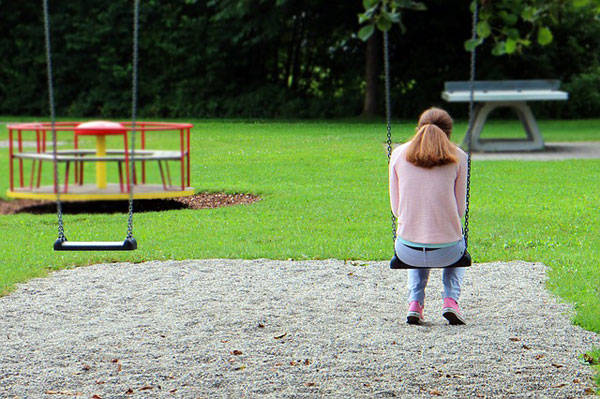
Person CC0 – Natural Play
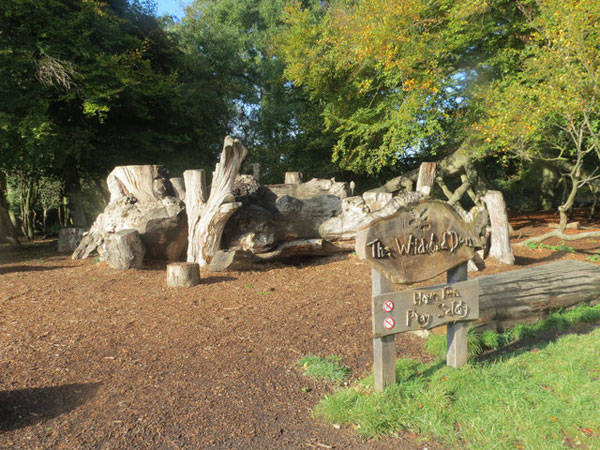
The Wildwood Den Natural Play Area at Ashridge, UK, CC2
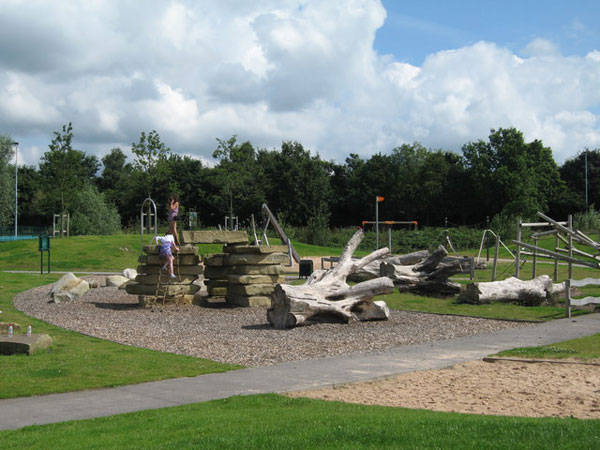
Alt Park by Sue Adair-CC2.0 – Natural Play
- Design with Nature by Ian L. McHarg
- Sustainable Urbanism: Urban Design With Nature by Douglas Farr
Feature image: Children CC0. Article by Ashley Penn Return to Homepage
Published in Blog


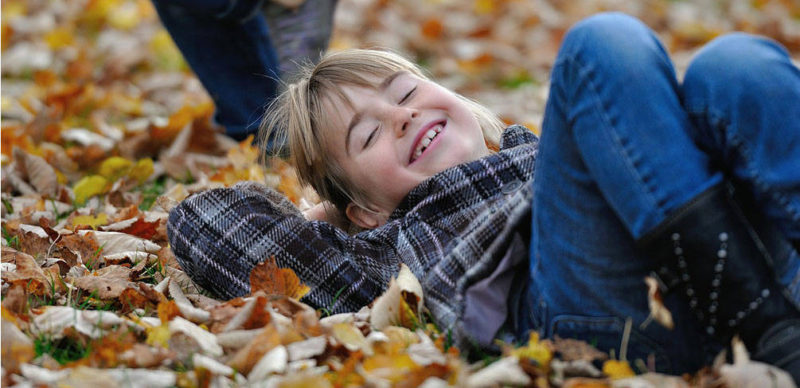
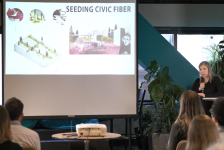
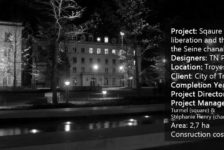


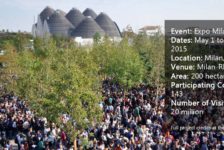
Pingback: Nature Play: Nurturing a Lifelong Love for the Outdoors - Superbloom